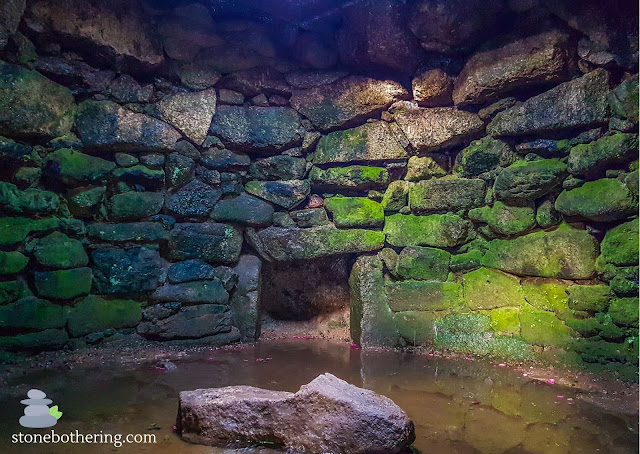Exploring the Ancient Village of Carn Euny

Nestled in the rugged beauty of Cornwall, England, lies Carn Euny, an archaeological site whispering secrets of a bygone era. This remarkably well-preserved ancient village offers a unique glimpse into life during the Iron Age and Roman period. A Thriving Settlement Evidence suggests Carn Euny was inhabited as early as the Neolithic period, but the most prominent structures date back to around 500 BC. The village flourished for centuries, with residents constructing roundhouses from timber. These were later replaced by more permanent stone dwellings, the foundations of which are still visible today, standing testament to the village's enduring legacy. The Enigmatic Fogou Perhaps the most intriguing feature of Carn Euny is its fogou, a mysterious underground passage unique to Cornwall. This 65-foot-long, stone-lined tunnel sparks the imagination. Theories abound regarding its purpose, with some suggesting it served as a storage space, while others believe it held a more ritualistic


.jpg)
.jpg)
.jpg)
.jpg)